DIY Arduino Based Cartesian Plotter Simple KIT
22,500.00 ₨
Cartesian Plotter
This version builds on what I learned. Most obviously, it uses a traditional ‘cartesian’ design, where movement in the y-axis is provided by a motorized arm, while the drawing surface stays still. This has the benefit of much greater accuracy. It also means that you can, in theory, draw on any flat surface.
However the drawbacks are that:
- It needs much more space. With about 50 cm of travel in each axis, it needs a space that big to store, and 1 m x 50 cm to operate.
- The long arm (with steel rods in my case) is heavy, so it tends to dip towards the end of its reach. This can cause problems getting the right pen height or pressure. To alleviate this, my design has bolt-down points on the x-axis. By bolting this axis to a piece of plywood, the frame is much stiffer.
Some other features worth noting:
-
I’m using small sections of kite poles to hold the two parts of the pen lifter assembly together. I found 0.1 mm of extra clearance on one part was enough to allow smooth running without wobble.
-
In an idea I lifted from Evil Mad Scientist’s AxiDraw, I’m using thin strips of flexible polypropylene plastic to support the wires to the servo and y-axis stepper.
Package Include:
- 2 NEMA 17 motors
- 2 GT2 timing belts
- 2 8 mm linear rods
- 4 8 mm (8UU) linear bearings
- 30 or 40 tooth pulley for x-axis timing belt
- 20 tooth pulley for x-axis timing belt
- Large idle pulley for x-axis timing belt
- 2 small idler pulleys for y-axis
- 5 mm rods for pen lifter
- Plenty of M5 and M3 hardware!
- Tower SG90 Servo motor
- Some GT2 belt clips, such as cable ties, or these nice removable clips:
Be the first to review “DIY Arduino Based Cartesian Plotter Simple KIT” Cancel reply
Related products
CNC & 3D Printer Parts
Angle Corner Bracket for 2020 Aluminium Profile & T Nut & Screw
CNC & 3D Printer Parts
CNC 3018,DIY Engraving Machine OR Pcb Milling Machine laser engraving GRBL control
CNC & 3D Printer Parts
CNC & 3D Printer Parts

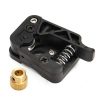
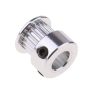
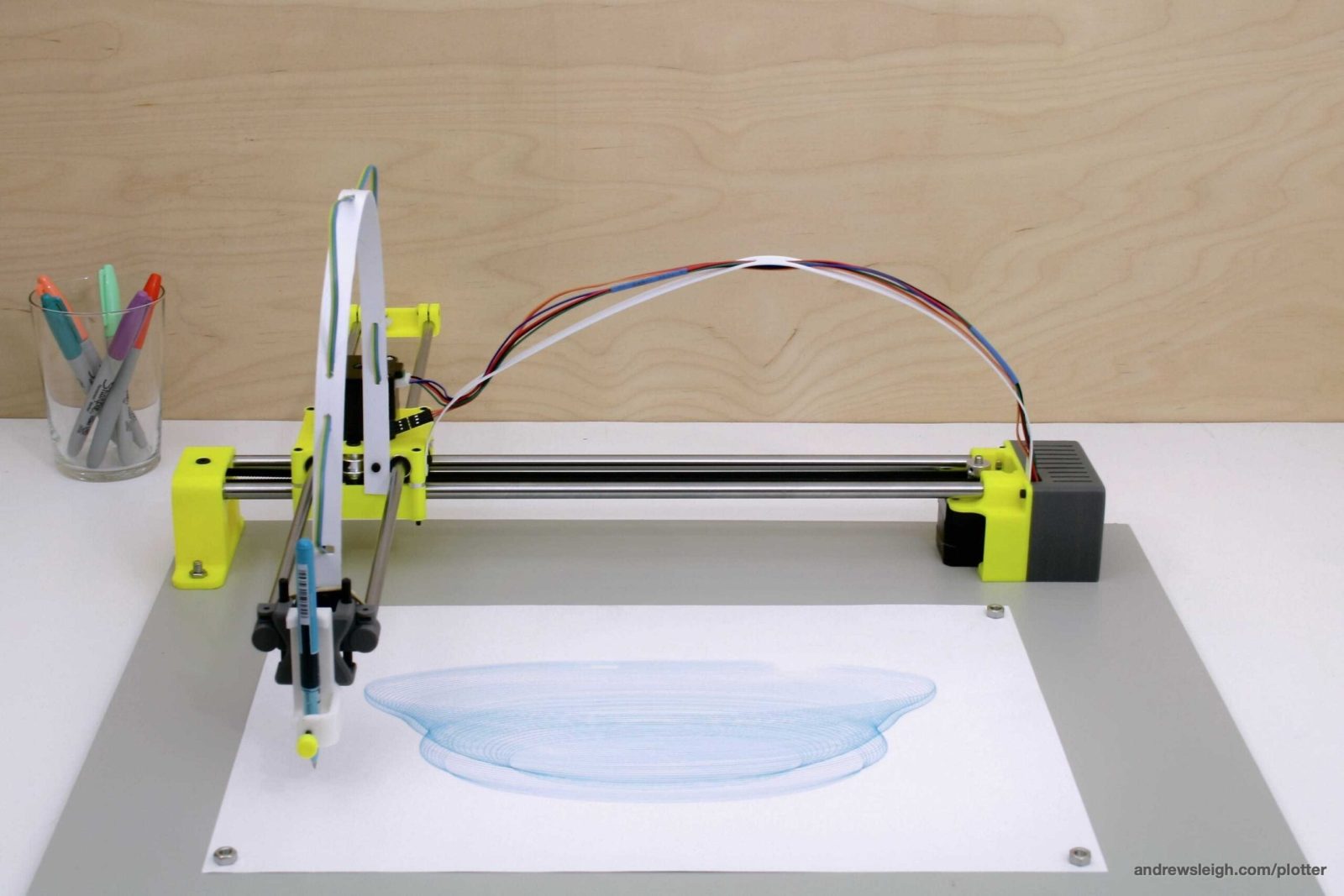
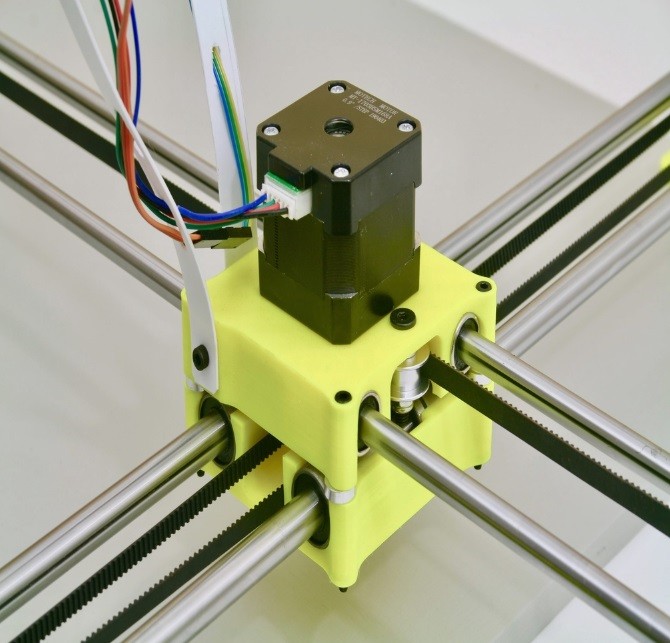

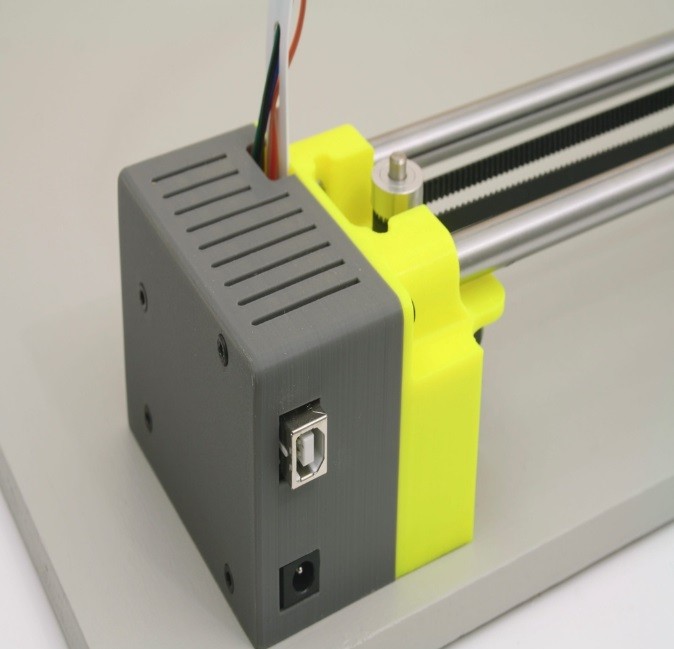
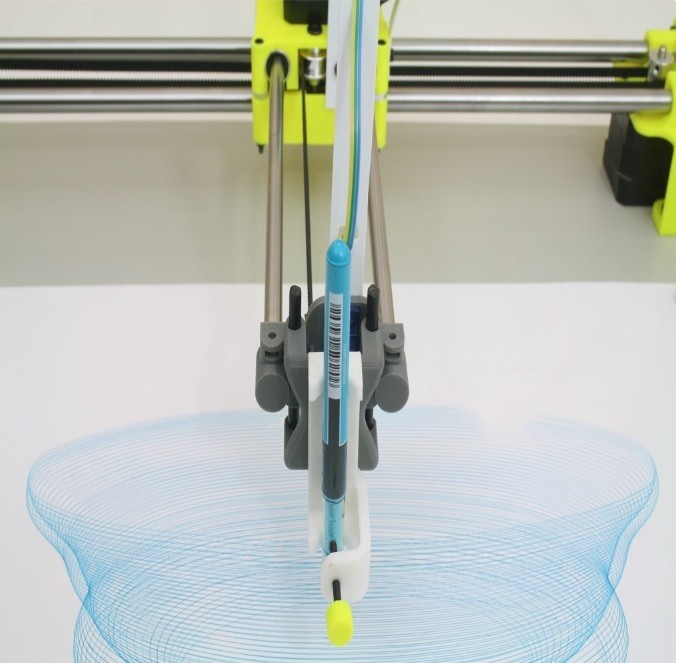
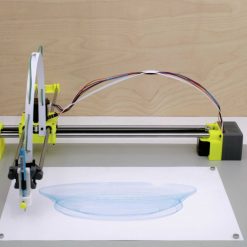

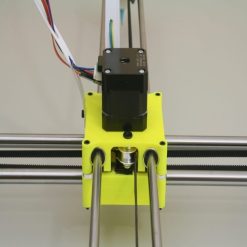
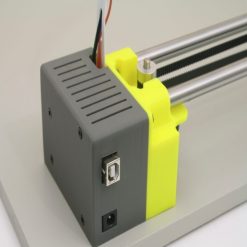
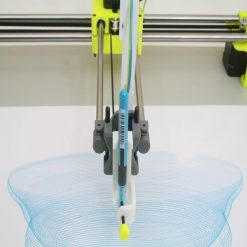

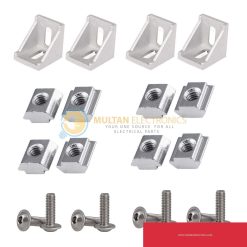
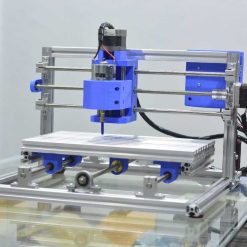
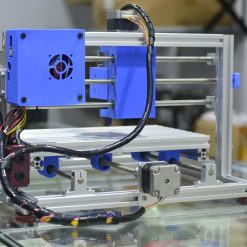
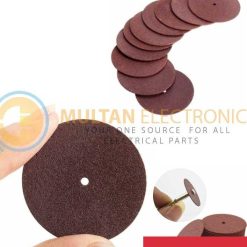
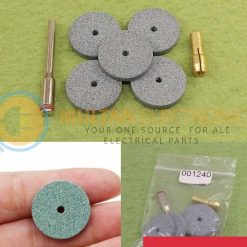
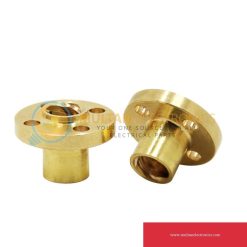
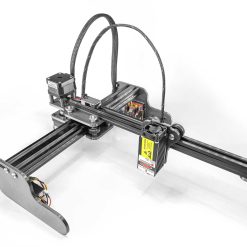
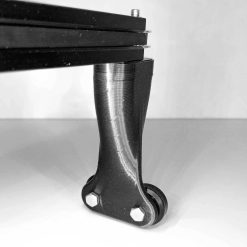
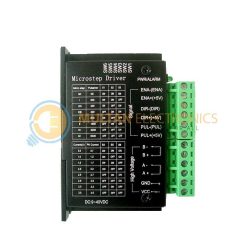
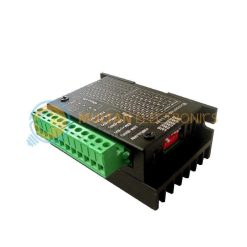
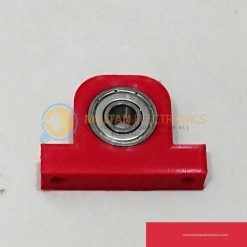
Reviews
There are no reviews yet.